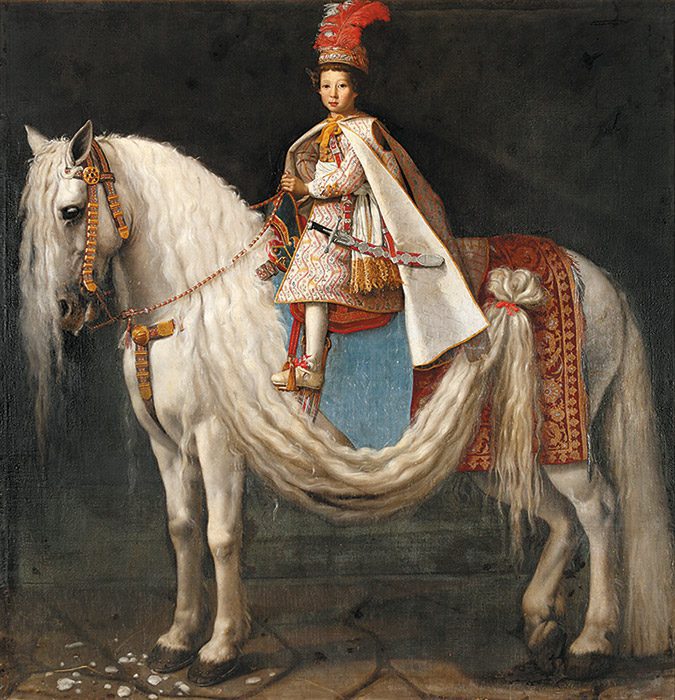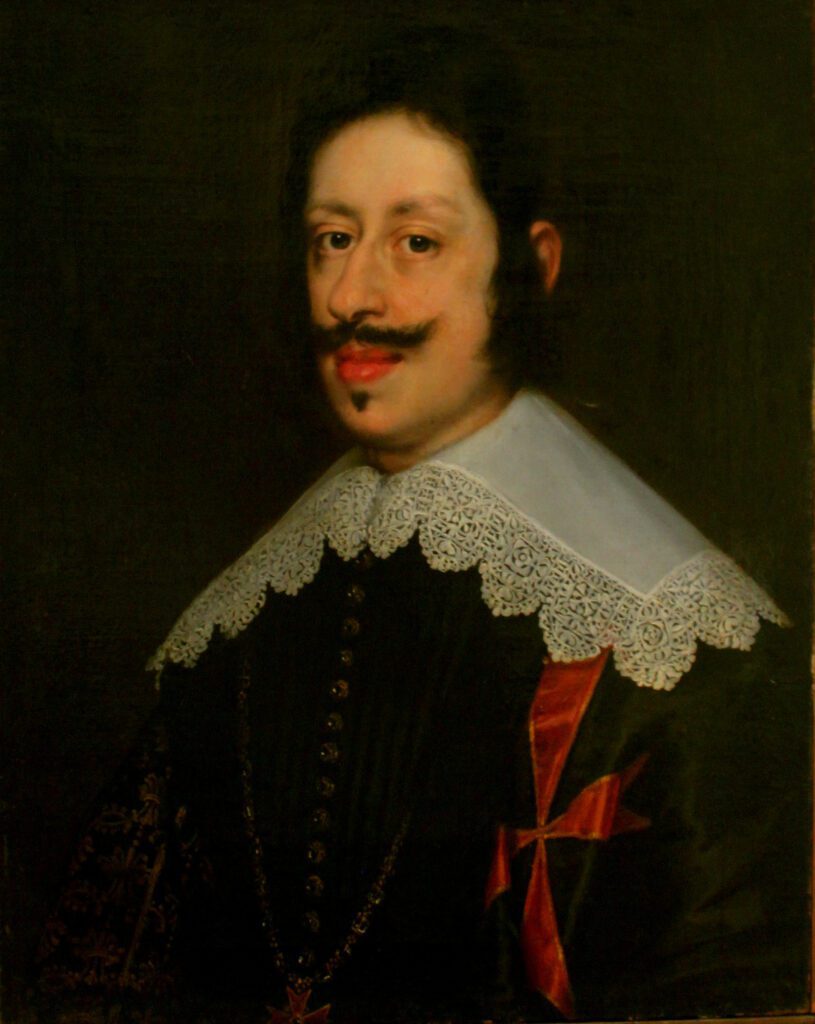Sally Metzler
Chicago, Illinois, United States

The day of May 27, 1670, bore witness to the death of Ferdinando II, a man lauded as a most prudent prince and admired by his European peers. His reign was termed as a “prolonged and pleasant autumn, the taste of venison.”1 Ferdinando II was the fourth Grand Duke of Tuscany. His father, Cosimo II, was the grandson of the first Grand Duke, the legendary Cosimo I de Medici, and Eleonora de Toledo. Ferdinando II ascended the throne at the young age of eleven, so for many years his mother and grandmother ruled as regents. Known for his parsimony, he was equally admired for his rectitude. During the great plague outbreak in Florence of 1629–1631, rather than abandon the close urban quarters of the city in favor of the countryside, Ferdinando II remained, traveling through the city to show support and sympathy for his citizens.
Culturally and scientifically, he amplified the prestige of Tuscany. His marriage to Vittoria della Rovere brought a dowry of artistic bounty, notably Titian’s Recumbent Venus and Raphael’s stunning portrait of Pope Julius II.2 His brother Leopold founded the Scientific Academy in Florence named the Cimento, for which Ferdinando indulged his obsession with technological advances in telescopes. Both Medici brothers studied with Galileo Galilei, and, not surprisingly, advocated on his behalf.
The Grand Duke fell ill, and the remedies enlisted to save him appear amusing and noteworthy, bordering on the absurd and barbaric in the minds of the modern reader. Recent research has uncovered that he suffered from the so-called benign form of Echinococcosis granularis prevalent in Italy, which although may have contributed to his death, did not directly cause it, as he died of a stroke one month later.3 Coeval reports list an “ictus following dropsy” as the cause of the Grand Duke’s death. Also known as disseminated cystic echinococcosis, the illness caused by parasites wreaks havoc on the respiratory organs and causes a rapid decline in health. Two months before his death, Ferdinando II suffered from respiratory stress, and his physician Francesco Redi gave him the concoction cina di giulebbe, described as an “extremely sweet beverage made of boiled roots of China.” Recent research again, utilizing the contemporary autopsy conducted, has concluded that the final death knell for the Grand Duke was “a stroke resulting from embolic infarction of the right cerebral hemisphere.”4

One of his principal biographers provided a detailed, fascinating account of his last days:
The court was more animated than usual when suddenly the grand Duke fell ill. His dropsical constitution had not benefited by a tardy and perhaps exaggerated application of the precepts of the Salernian School, which recommended a periodical debauch. The physicians bled him with their usual pertinacity. … The cupping-glasses were used again, and another ounce was removed from his bladder. Polvere Capitale5 was forcibly thrust down his nose, and four live pigeons were ripped open and, covered with the same powder, were put on his forehead. A cauterizing iron was later applied to his head but with no success, and as his condition grew worse towards mid-day, the Nuncio arrived at the palace and gave him the papal benediction. Next morning, although his pulse was still beating, there was little hope for his life, and his confessor seeing how very weak he was, had several reliquaries placed about him at ten o’clock. At 13 ¾ o’clock he died at the age of 59 after a reign of 49 years with the reputation of a very prudent prince, held in great esteem by the other princes of Europe.6
Thus, despite the recommended debauch, bleeding, cupping, cauterizing irons, and even live pigeons—all considered at that time the best medical advice money could buy—no one could save the Grand Duke. One must question whether the treatment hastened or extended his life.
References
- Harold Acton, The Last Medici (first published in 1932, Faber and Faber, London), p. 116.
- Reclining Venus, also known as Venus of Urbino, 1534, in the collection of the Uffizi, Florence. Raphael’s portrait of Pope Julius II in the Uffizi collection was long considered the original, however in 1970, after research conducted by Konrad Oberhuber, the version now in the London National Gallery rose to the position of the first version.
- See p. 53, in Raffaella Bianucci, Antonio Perciaccante, Simon Donell, Donatella Lippi, and Andreas Nerlich, “Pulmonary Echinococcosis in the Terminal Disease of Ferdinand II de’ Medici, (1610-1670),” Chest Journal 158, no. 1, July 2020, pp. 53-54. This diagnosis contradicts previous assertions the Grand Duke died of Echinococcus multilocularis, however this parasite is mainly present in the Middle and Northern Europe and brings on rapid, severe deterioration.
- Raffaella Bianucci et al, p. 54.
- Polvere Capitale is a powder of aromatic spices (Bianucci et al, pl 53).
- Acton, p. 114.
SALLY METZLER, PhD, is an Art Historian, Curator, and Professor. She is currently the Chair of the Global COVID-19 Monument of Honor, Remembrance, & Resilience.

Leave a Reply